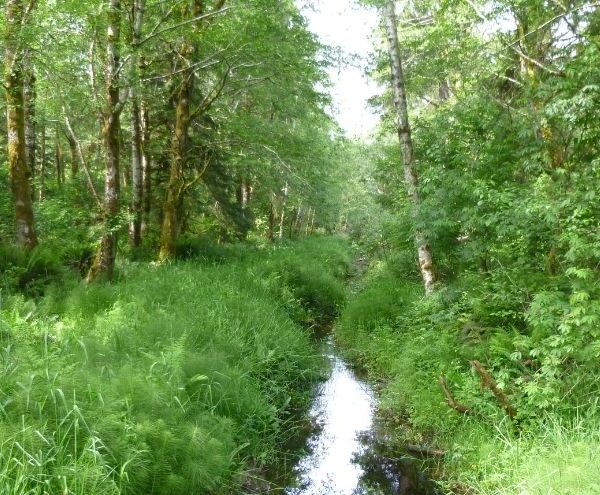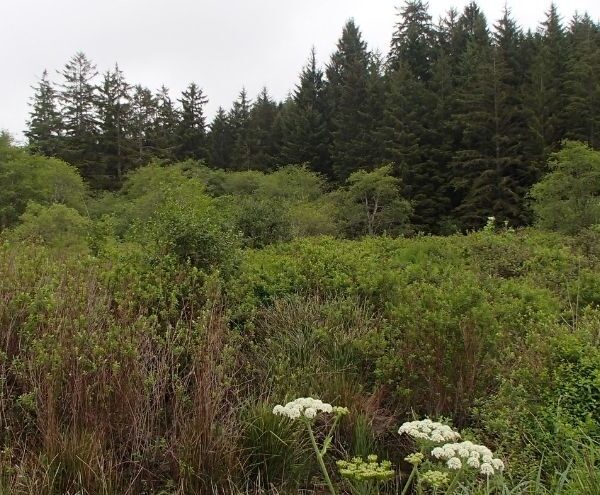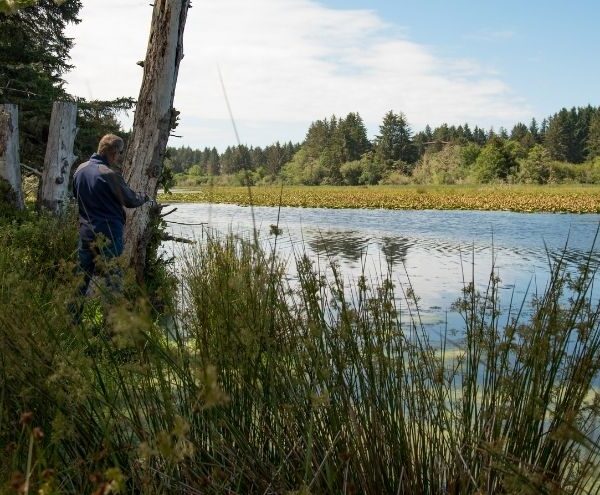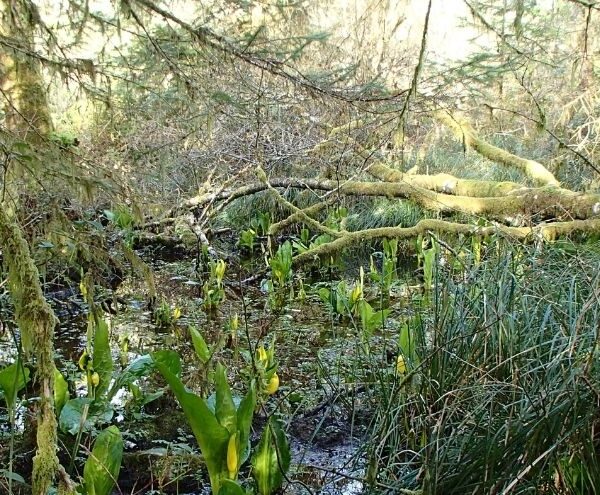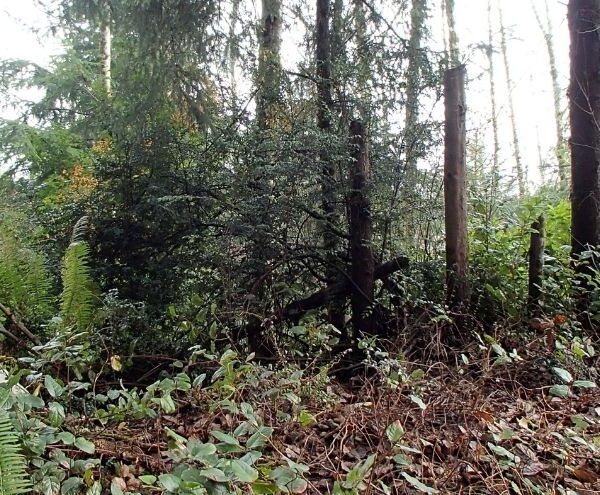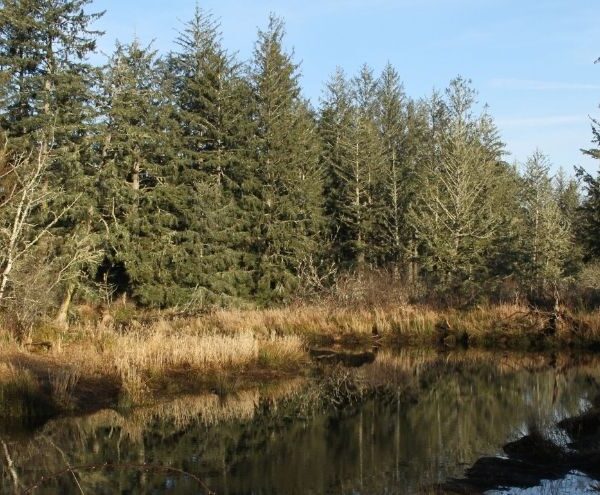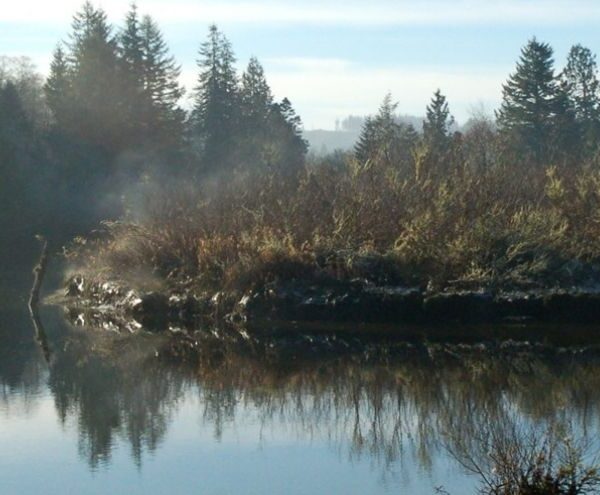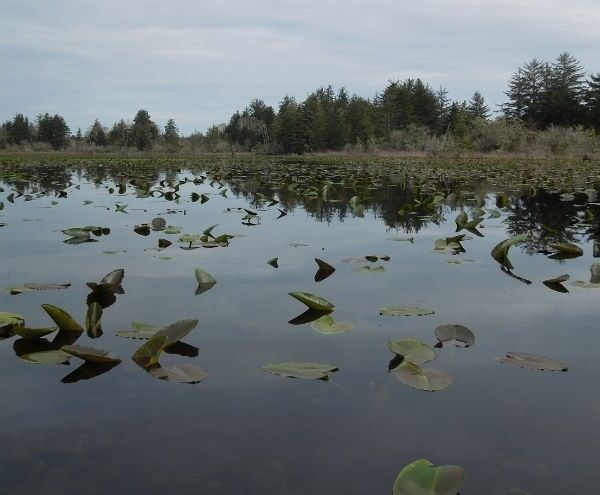
Type of Project: Habitat Reserve
Much of the forested floodplain along the Oregon side of the lower Columbia River was logged off and diked for pasture long ago. But pockets of the original Sitka spruce swamp remain, thanks to dedicated conservation efforts. Blind Slough Swamp is the best remaining example in Oregon of this habitat type.
Blind Slough Swamp is the best remaining example in Oregon of this habitat type, once common in coastal estuaries from Tillamook to Alaska. It is bordered on three sides by Columbia River sloughs and channels. It is adjacent to Lewis and Clark National Wildlife Refuge, multiplying its conservation value.
The Nature Conservancy in Oregon began conserving what would become Blind Slough Swamp Preserve in 1992 when it established conservation easements on 677 acres of land owned by James River Corporation. Over the next 18 years, it acquired additional neighboring parcels. In 2010, James River Corporation donated the title to those easement lands, and more, to The Nature Conservancy, bringing the total preserve to 902 acres, including 5 acres of submerged tidal lands.
For more than a decade staff and volunteers with North Coast Land Conservancy assisted The Nature Conservancy in the stewardship of Blind Slough Swamp. In 2019, TNC transferred the preserve’s ownership to NCLC.
The preserve is dominated by Sitka spruce trees—some more than 400 years old—with younger western redcedar and western hemlock also present. Dense thickets of coast willow, Sitka willow, twinberry, and Nootka rose line the channels along with abundant sedges, wildflowers, and bulrushes. The preserve provides habitat for an abundance of birds, fish, and other wildlife, including bald eagles, osprey, river otter, beaver, coho salmon, nesting yellow warblers, olive-sided flycatchers, and rufous hummingbirds.

